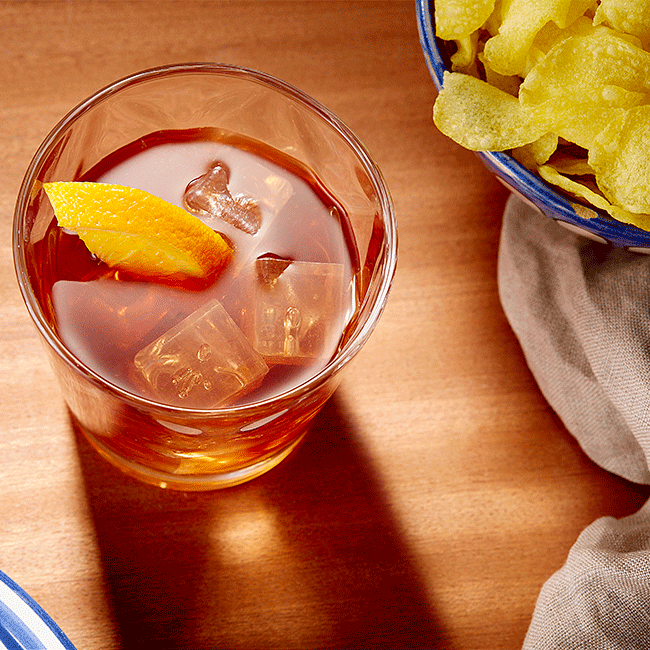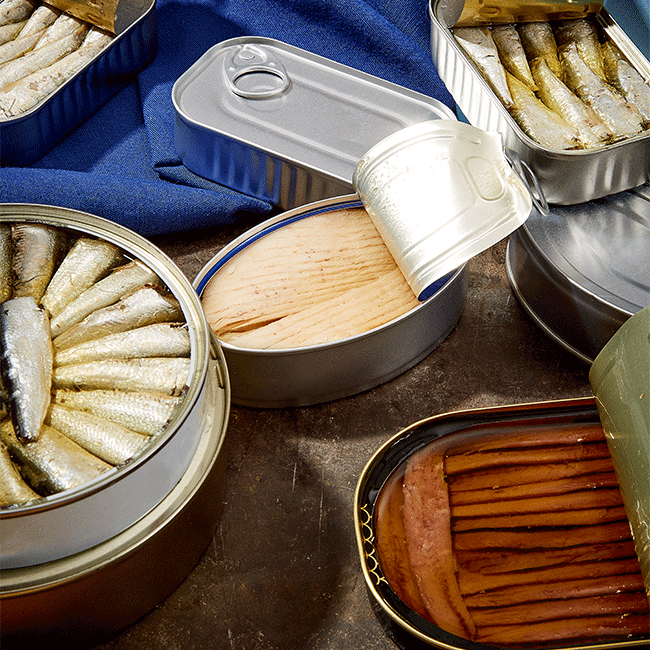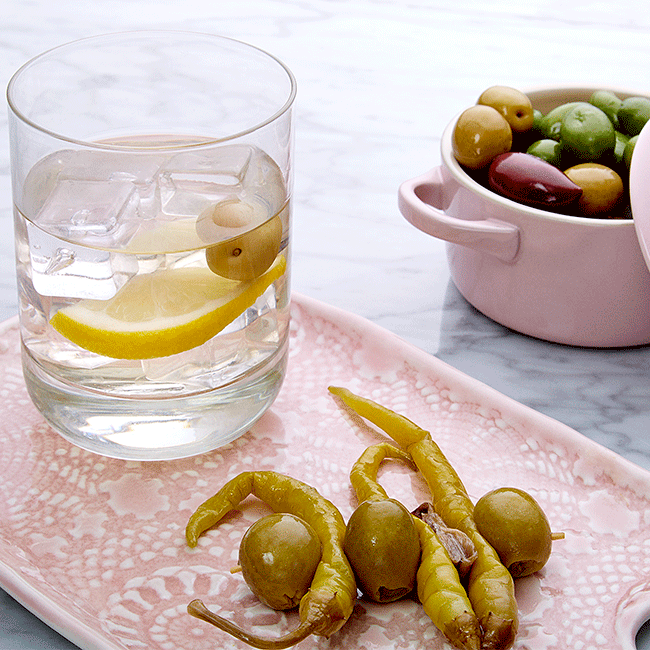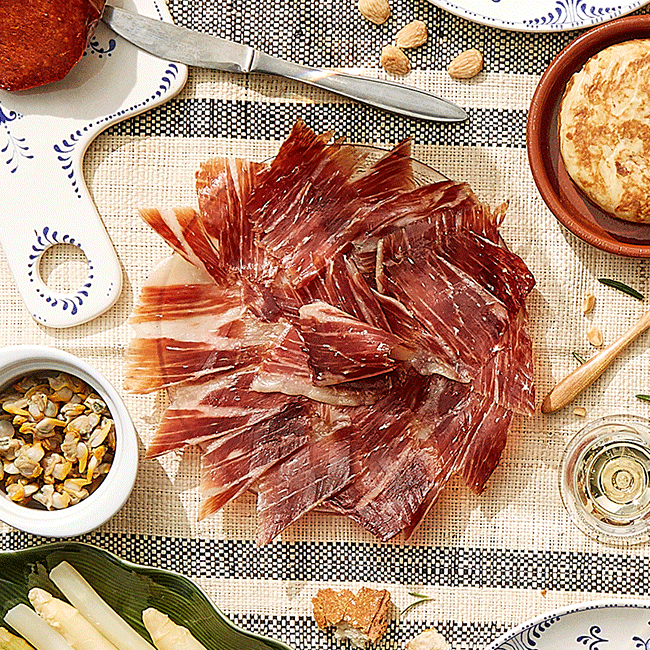.png.transform/rendition-xs/image_image%20(1).png)
The Art of the Aperitivo
If you can’t get to Spain soon, you can at least buy everything you need to enjoy one of the nation’s favourite gastronomic customs: el aperitivo.

Like their neighbors in France, and their fellow Mediterraneans in Italy, the Spanish are devoted believers in the aperitif, or aperitivo: the practice of eating and drinking in advance, and anticipation, of a larger meal. (In those other countries it’s most often before dinner, in Spain it’s traditionally lunch, although there are no rules and many regional variations.)
A social ritual across the continent, it’s also something of a science. The ancient Greek doctor Hippocrates found that bitter-tasting drinks stimulate the appetite, and Southern Europeans got their saliva going this way right through the Middle Ages and Rennaisance, until the herb-infused white wine now known as vermouth became fashionable for this purpose in 18th-century Turin. It’s been in and out of style since then, but vermouth remains a vital element of the aperitivo in cities across Spain, observing a noonday tradition known as La Hora del Vermut. Many other beverages, and other foods, are supposed to help wake up the taste buds and begin the digestive process, the ideal selection being a mix of sour, salty, and sweet flavours by way of pickles, chips, canned seafood, cheeses, cured meats, and olives.
And while part of the pleasure of the aperitivo lies in sharing these foods and drinks in company – at a bar, on a terrace, in a plaza – it’s also more than possible to recreate the experience at home, using premium Spanish brands and products that have long been associated with that magic hour before the main meal …
Vermouth & Other Libations

While Italy is perhaps better known for producing vermouth, many sweet and dry varieties have also emerged from Spanish wine regions in Galicia, Andalusia, the Valencian Community and Catalonia. The leading brands have made their way into the export market, including Miró, a classically herby and faintly spicy red vermut from the Catalan town of Reus. If the lunch or dinner to follow is a special occasion you might try a more complex reserva, matured in an oak barrel. Lacuesta Reserva Rojo, with notes of coffee and chocolate, comes from Rioja territory by the Ebro River. You may know that many Spaniards are also very keen on gin and tonics before they eat, and experts like Basque and UK-based chef Javier de la Hormaza tend to recommend the iconic and distinctly herbacous native gin Xoriguer, a beloved product of Mahon, on the island of Menorca.
Patatas fritas

A bowl of salty potato chips tends to come as standard with any aperitivo, but there’s a world of difference between generic varieties that hardly taste of anything, and premium brands that take much more care in the sourcing, cutting, and cooking. A prime example is San Nicasio, developed by renowned “chipmaster” Rafael del Rosal, who harvests non-transgenic, sour-flavoured potatoes from the Córdoba mountains and cooks them at low temperatures in the same region’s DO extra virgin olive oil, Almazaras de la Subbética. The final, critical sprinkle of pink Himalayan salt gives the chips a real tang and bite – perfect for whetting the appetite.
Conservas

Visitors to Spain and consumers from outside the Iberian Peninsula, are still discovering that tinned seafood can be a very different proposition from the supermarket tuna they are used to. Some of the finest mussels, razor clams, and octopus to be found in Spanish waters are canned as luxury products by brands like Espinaler and La Riviere, and eaten straight from the tin in tapas bars. For a truly gourmet home aperitivo experience you could try Don Bocarte’s coveted anchovies from the Cantabrian Sea, preserved in salt and olive oil for an absolutely knockout flavour.
Olives

Many provinces of Spain grow different strains of olives with their own particular flavours. Around Madrid, for example, your gintonic might be served with a side of local Campo Real olives, seasoned with fennel and oregano. The most optimal type for prepping the stomach is perhaps the maximally aromatic and bitter-tasting Aloreña or Malagueña olive (named for its growing region around Málaga, and certified with DO status), which is crushed before curing so the brine seeps deep into the fruit. The Losada brand is especially renowned for its mastery of that traditional process.
Acorn-fed Iberian Ham & Fine Cheese

You’ve got to be careful with the more substantial aperitivo items – the object is to intrigue the stomach, not to fill it too early. Certainly there’s no need for extra bread with a slice or two of good-quality jamón ibérico by Cinco Jotas, which does the trick with its soft fat and acorn-derived oleic acid. It goes nicely before lunch or dinner with a salt-rubbed, semi-cured DO Manchego cheese like the award-winning raw milk offering from Las Terceras.
Text: Stephen Phelan.
Photos: LH Photoagency JC de Marcos / @ICEX

